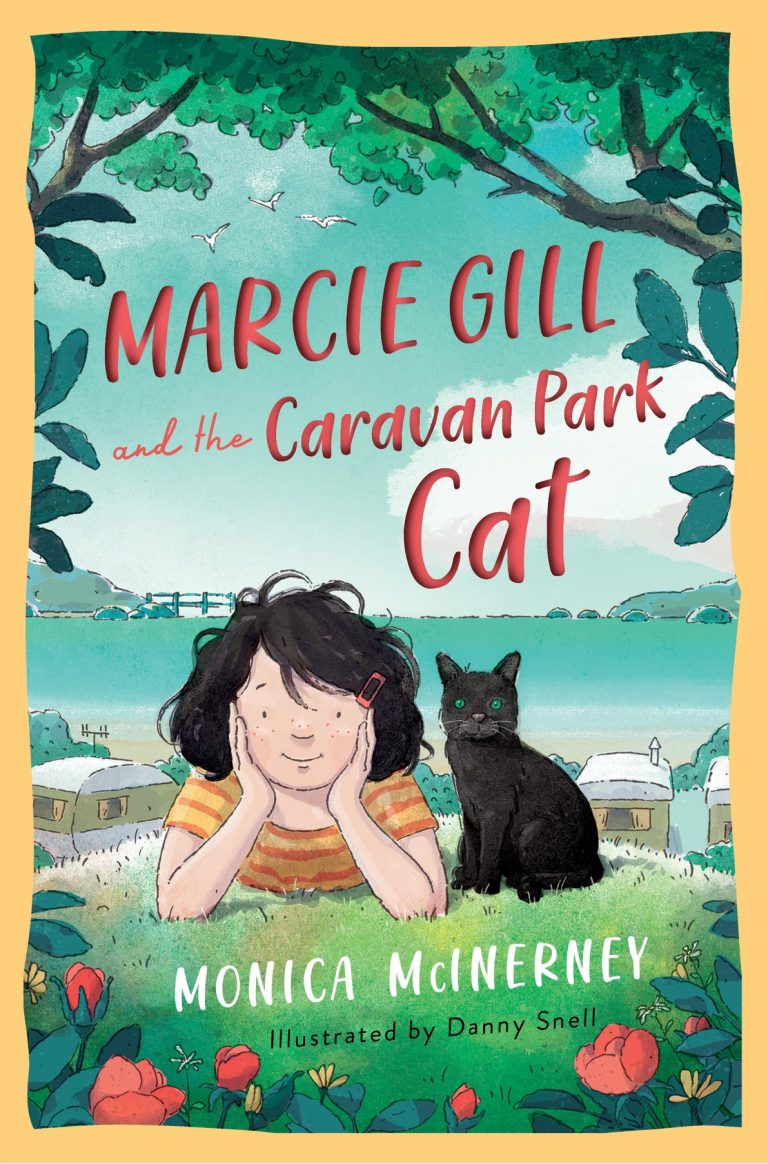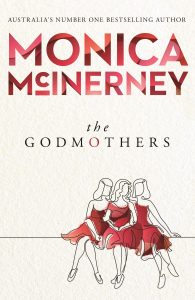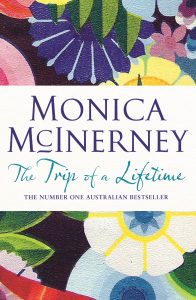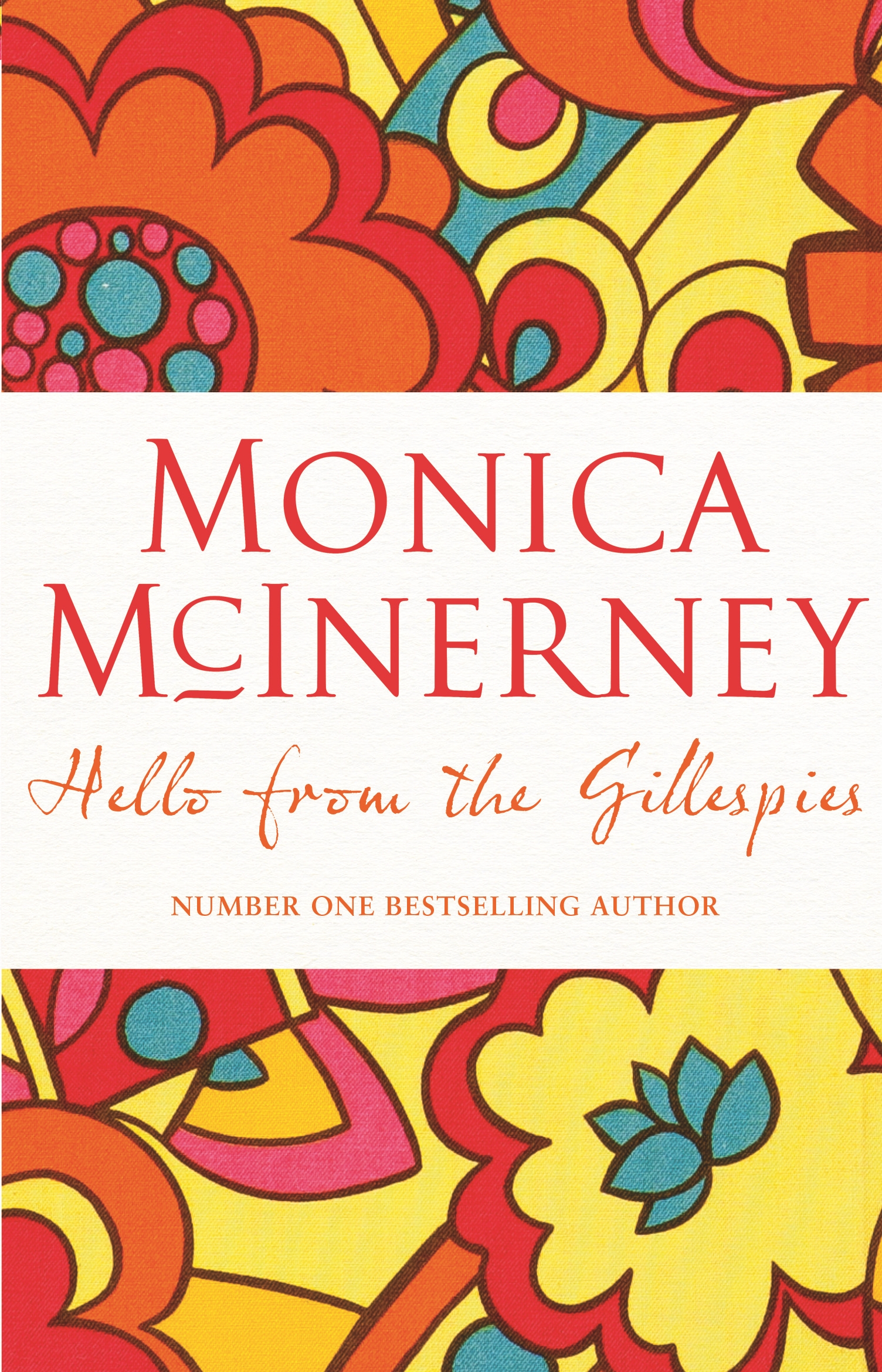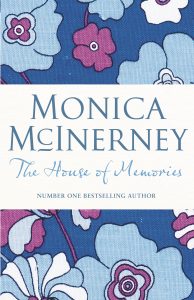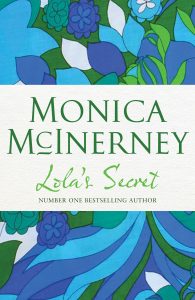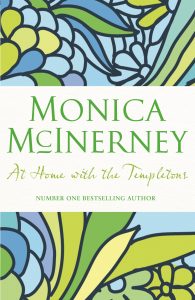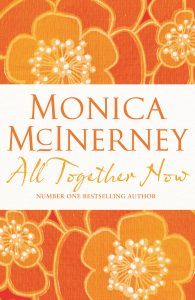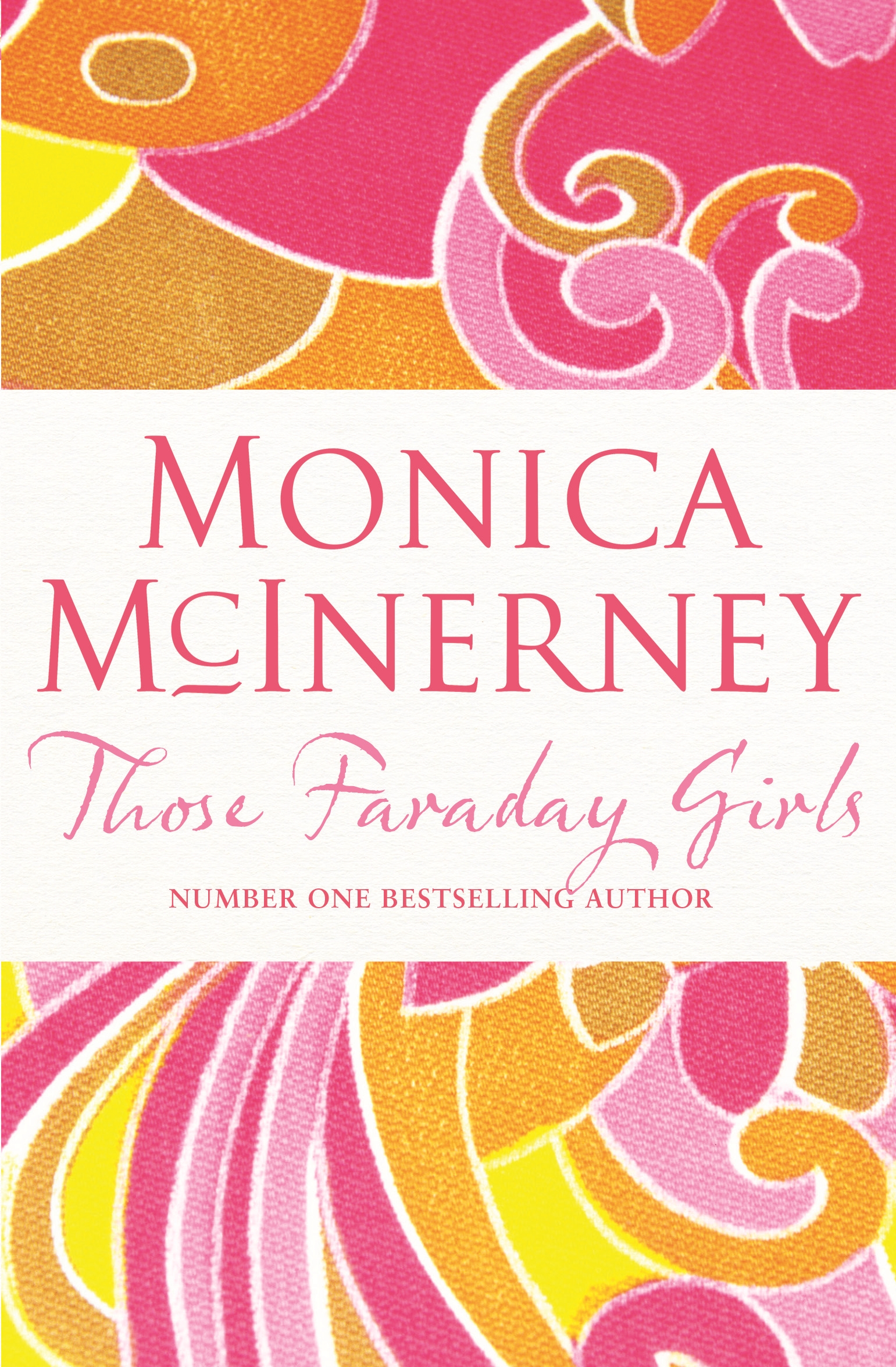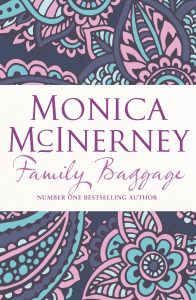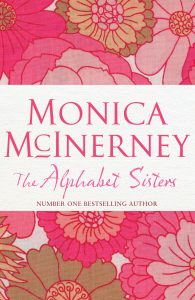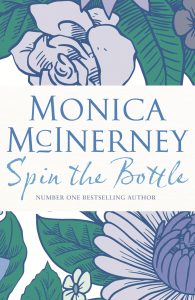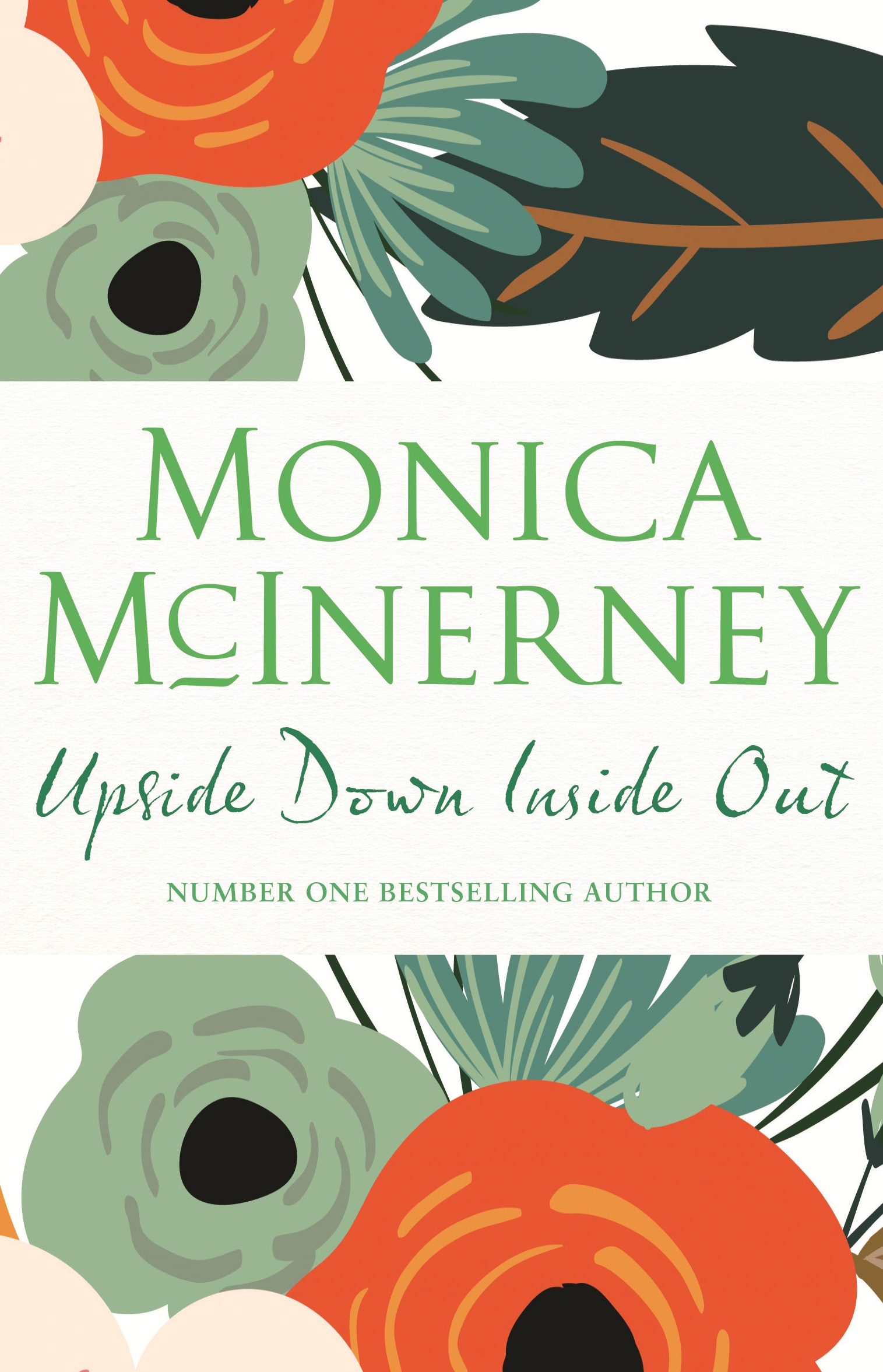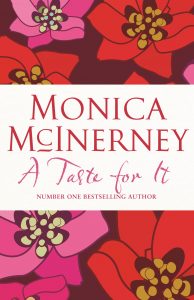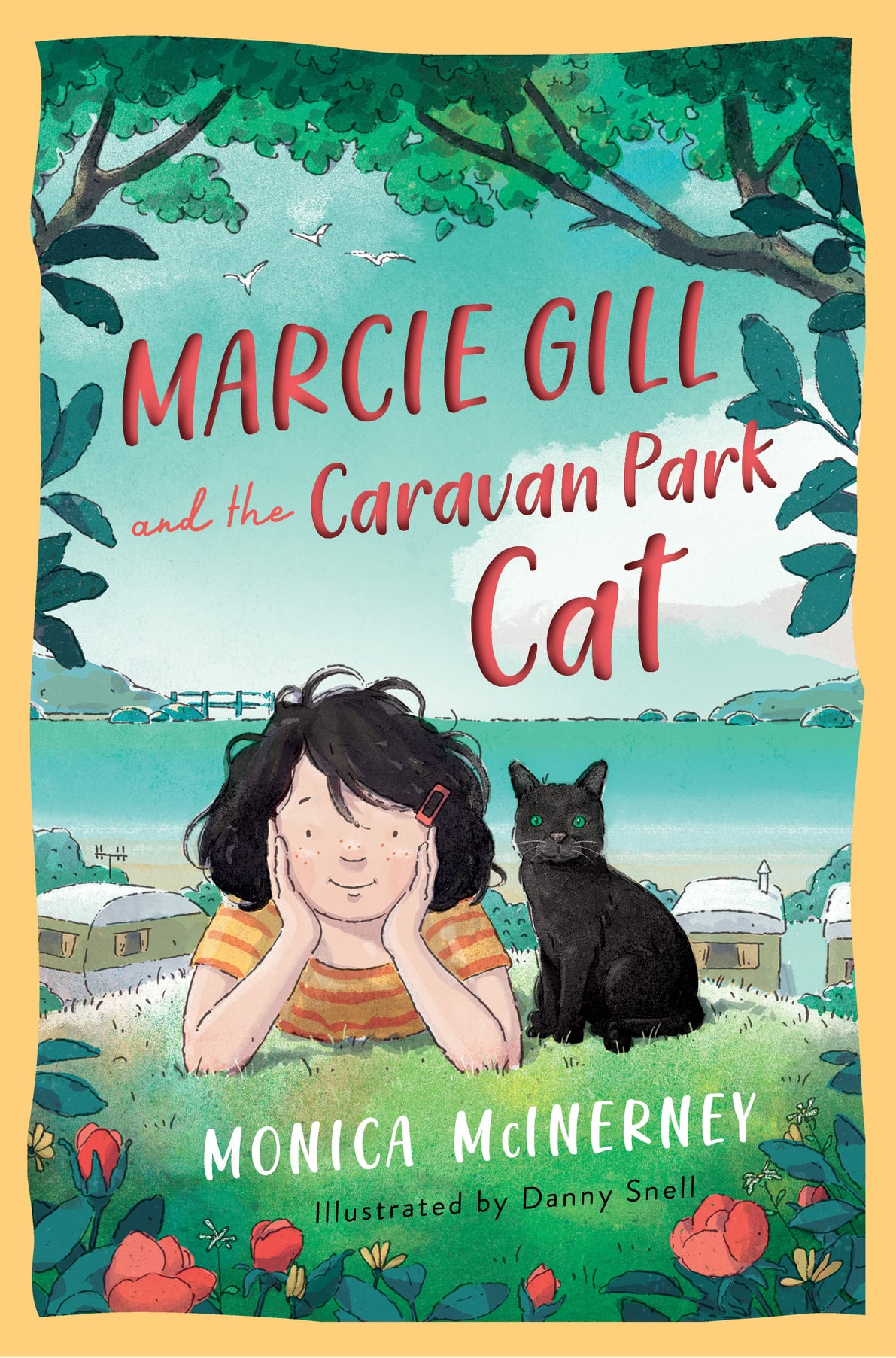Sweet Charity: Behind the Scenes in Charity Shops
My name is Monica McInerney and I am an addict. My drug of choice? Charity shops. As I push open the door, my fingers start to tingle. My eyes start to dart. What might I find in here? A vintage black dress that could transform me into Audrey Hepburn? A dusty old book that could transform my bank account? A small vase perfect for my living room? Or will I find only racks of baggy tops, worn shoes and cracked crockery, leaving empty-handed and broken-hearted?
It began when I was a child. I grew up in a small country town in South Australia, with just a single street of shops. On one side was the butcher, the baker, the hardware shop. On the other, a cafe, a chemist, a hairdresser and – my mecca – the town’s only charity shop. As a school girl on a limited budget, I haunted the place. I bought dresses for school dances and fancy dress parties. I rummaged in baskets and unearthed quirky scarves, cardigans and jewellery. I learned to call them ‘vintage’ instead of ‘second-hand’. At the age of 18, I moved to the nearest city, but always made a point of calling into the shop on any visit back home. It wasn’t just the goods on sale that attracted me, but the conversations I overheard among the volunteers. Ten minutes of eavesdropping would bring me up to date on all the local gossip.
Since then, I’ve lived all around Australia, in England and I now call Ireland home. The scenery and the seasons have changed, but I’ve discovered charity shops are the same the world over. Their main purpose is still, of course, to raise funds for different charities, and provide cheap second-hand goods to people in need. But they are also community meeting points. They encourage us to reuse and recycle. They are treasure troves of clothes, chaos, clutter and conversation.
In an Oxfam shop in Liverpool ten years ago I found a black evening coat with diamante buttons. It cost me 5 pounds. I still feel like a film star whenever I wear it. In a Cancer Society shop in Dublin, I recently found a ring made of polished green marble. It was only 2 euro, but it attracts many compliments. I still wear a designer top I bought for one dollar in a shop run by a Melbourne animal-rescue charity. I’ve stocked my shelves with second-hand books and CDs from charity shops in Sydney, London, Bath and Cork. My nieces and nephews and I have gone hunting for second-hand board games, puzzles and dress-ups, had weeks of fun and then returned them to different charity shops for re-selling.
I love the shop volunteers too. Ninety-nine per cent of the time, they are women. They are generally in their 60s and older. They come from all walks of life – housewives and widows, retired businesswomen, even doctors and lawyers and teachers. There is the occasional man in sight, but in my observation, any male volunteers are treated like slightly dim servants, ordered about, directed to do any heavy lifting and then sent away. But female or male, what brings them all together is their sense of community and compassion for others. Volunteering also fills a need for company, conversation and activity.
My new novel, Lola’s Secret, is set in a charity shop in my home town of Clare, South Australia, very like the one I used to visit in my childhood. Lola, the 84-year-old Irishwoman at the heart of the story, is the resident queen, surrounded by a lively cast of elderly volunteers, friends – and one enemy. I had great fun depicting the politics, the humour, the relationships between them all. While researching the book, I interviewed charity shop volunteers in Australia, Ireland and England and discovered more goes on in those back rooms than I had thought.
I learned there’s a pecking order in most shops, generally based on years of service. At the top are the ‘sorters’ who get to open the bags of donated goods (and also get first choice of the donated clothes). They are followed by the ‘stackers’ who are in charge of keeping the shelves and rails filled. In third place are the ‘sellers’, who stand and watch behind the counter.
The sorters had many tales to tell. Some made me laugh, some made me wince. I heard of the grim discovery of a (full) nappy left in a bag of donated clothes. Rotting household rubbish in another. In one bag, a tangle of clothes so dirty they had to go straight into the bin. ‘We get through a lot of rubber gloves here,’ one woman told me cheerfully.
But sometimes there is treasure among the trash. I was told of a donation of expensive designer men’s suits and shirts, dropped in early one morning by a polite, well-dressed young woman. She turned out to be a jilted girlfriend. By the time her ex, a well-groomed man in his thirties, arrived to claim everything back, it had all – unsurprisingly – been snapped up by keen-eyed shoppers.
There was also the valuable antiquarian book found tucked inside a box of Mills & Boon romances. The shop had priced it at 2 pounds. A collector gave 100 pounds for it. ‘It was very nice of him,’ the volunteer who handled the transaction told me. ‘Mind you, he probably sold it for ten times that!’ A box of bric-a-brac yielded two exquisite Waterford Crystal candlesticks. A pearl necklace found in a jumble of plastic necklaces turned out to be real, not imitation. There were also many stories of wedding dresses, most donated after their one happy day in use, but some donated after the wedding was cancelled. Every item in a charity shop comes with a history.
So do the shoppers themselves. Most of them, I was told, are polite and honest. But I was also told of serial shoplifters, who feel no shame about stealing even from a charity. Others insist on haggling for even lower prices. ‘Usually it’s the people who appear to be quite well-off who do that,’ one volunteer confided to me. There’s also the sad side – people who can barely afford charity shop prices, who need to pay for even the cheapest items in weekly instalments. ‘We see all human life in here,’ a volunteer told me.
There are six different charity shops on the main shopping street near me in northside Dublin. The chat between the volunteers is so lively and open, sometimes it’s like being in someone’s living room rather than a shop. In the space of an hour, I heard about a cheating husband, a dispute over a will, problems with noisy neighbours, a grandchild’s First Communion party that went disastrously wrong when gatecrashers arrived. I heard gossip about husbands, sisters, children, friends. All the while, the women were emptying bags of newly donated goods, folding shirts, tidying shelves and restocking racks. They didn’t seem to even notice I was there.
I went home empty-handed. From a treasure-hunting point of view, it wasn’t a successful trip. But on the bright side, I did collect enough material for at least three new novels…
(Published in The People’s Friend magazine, UK, 2012)
(Copyright Monica McInerney 2014)
